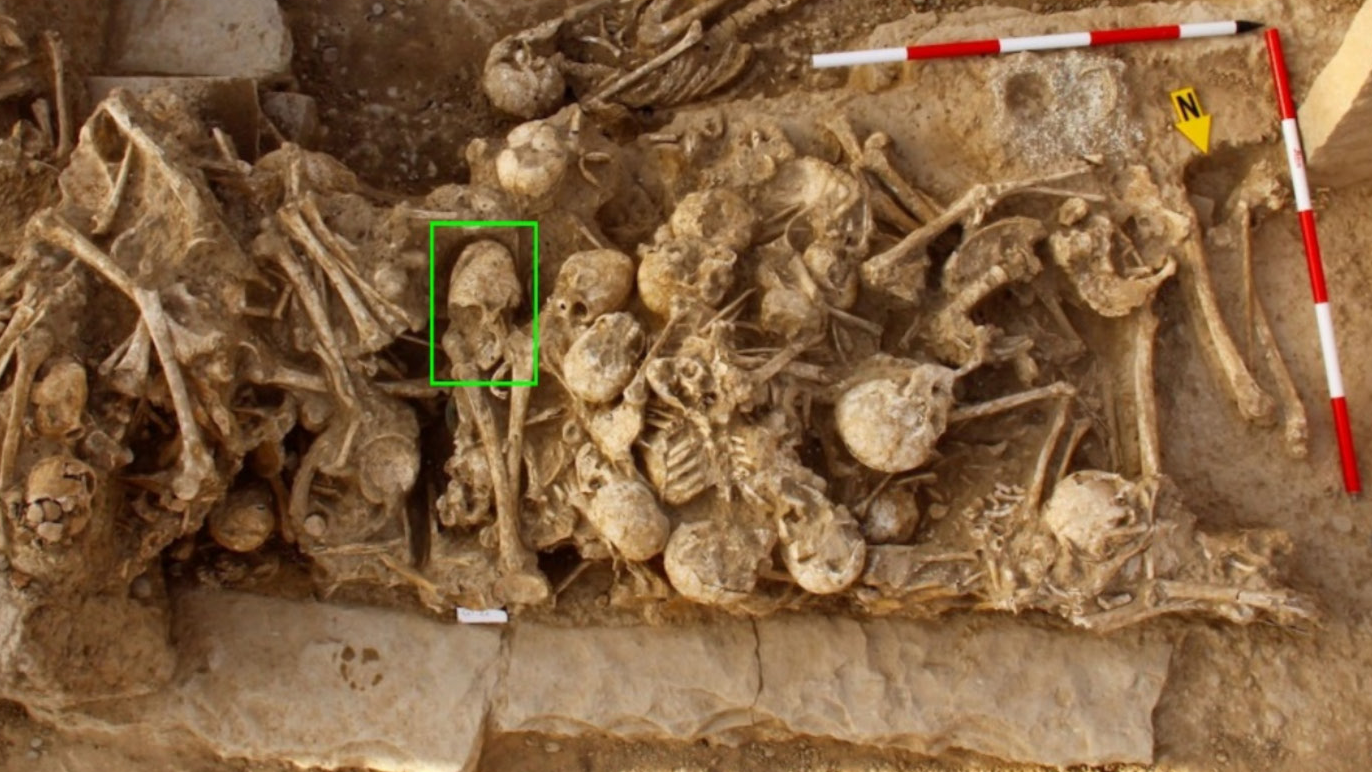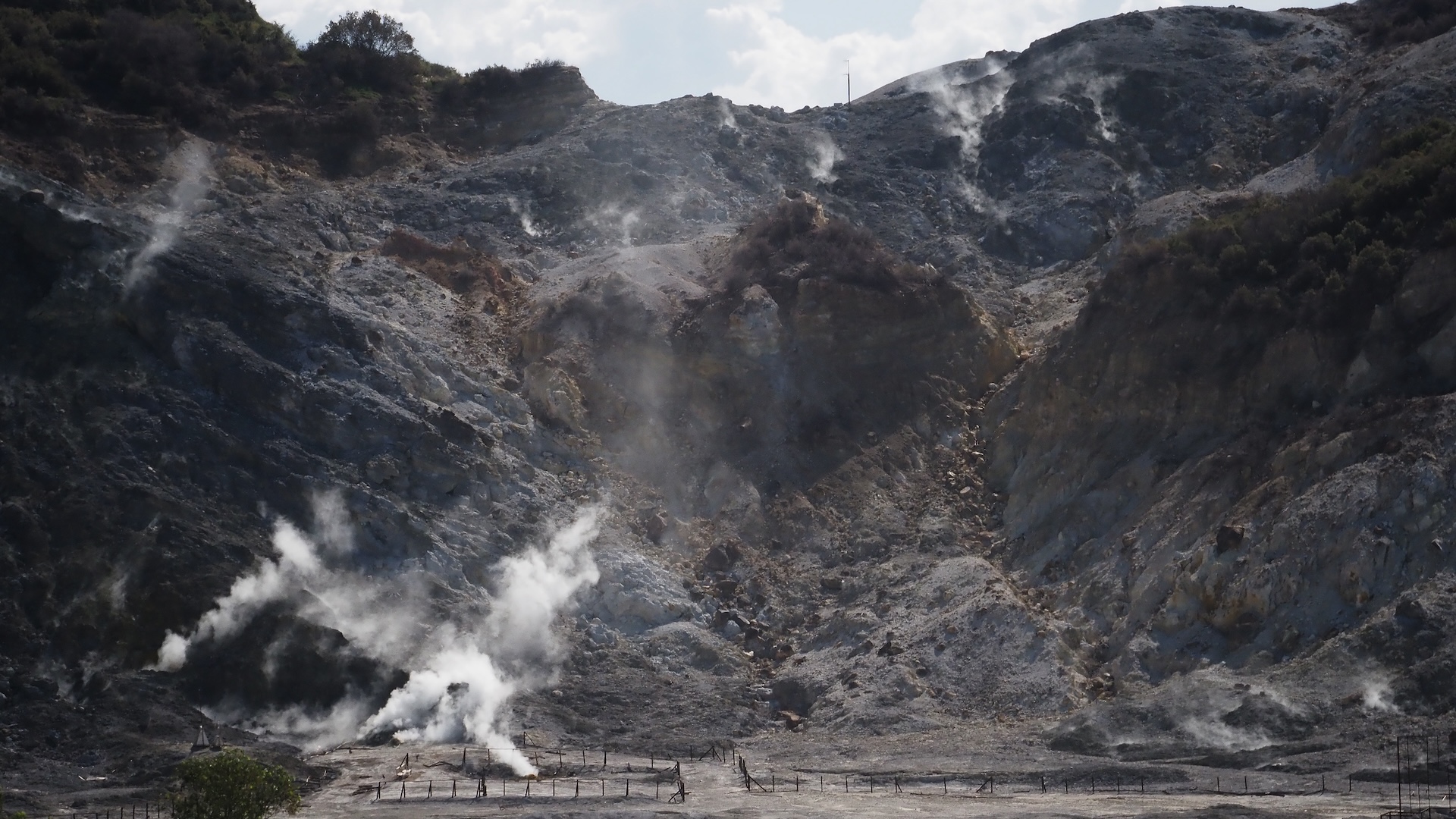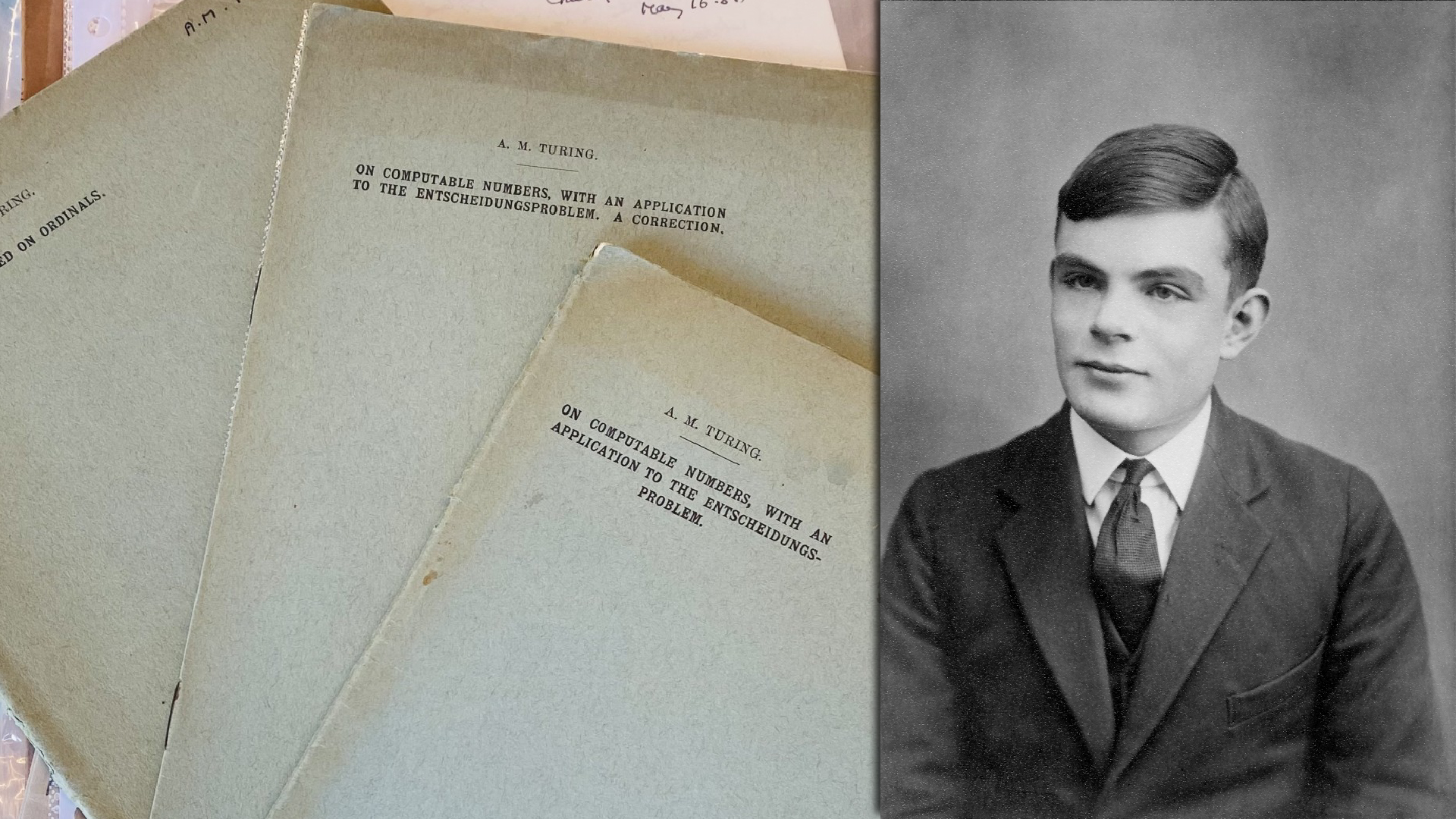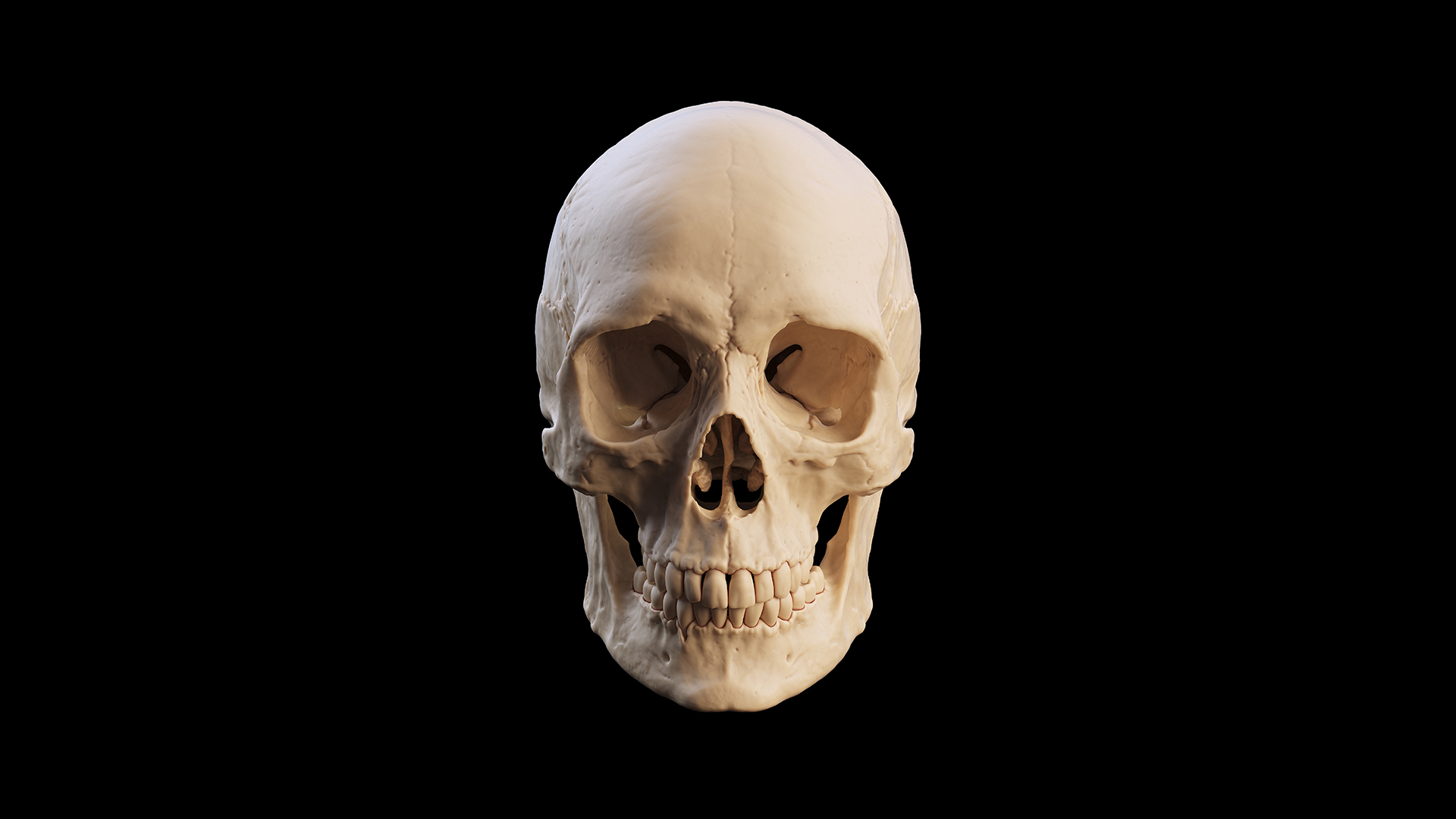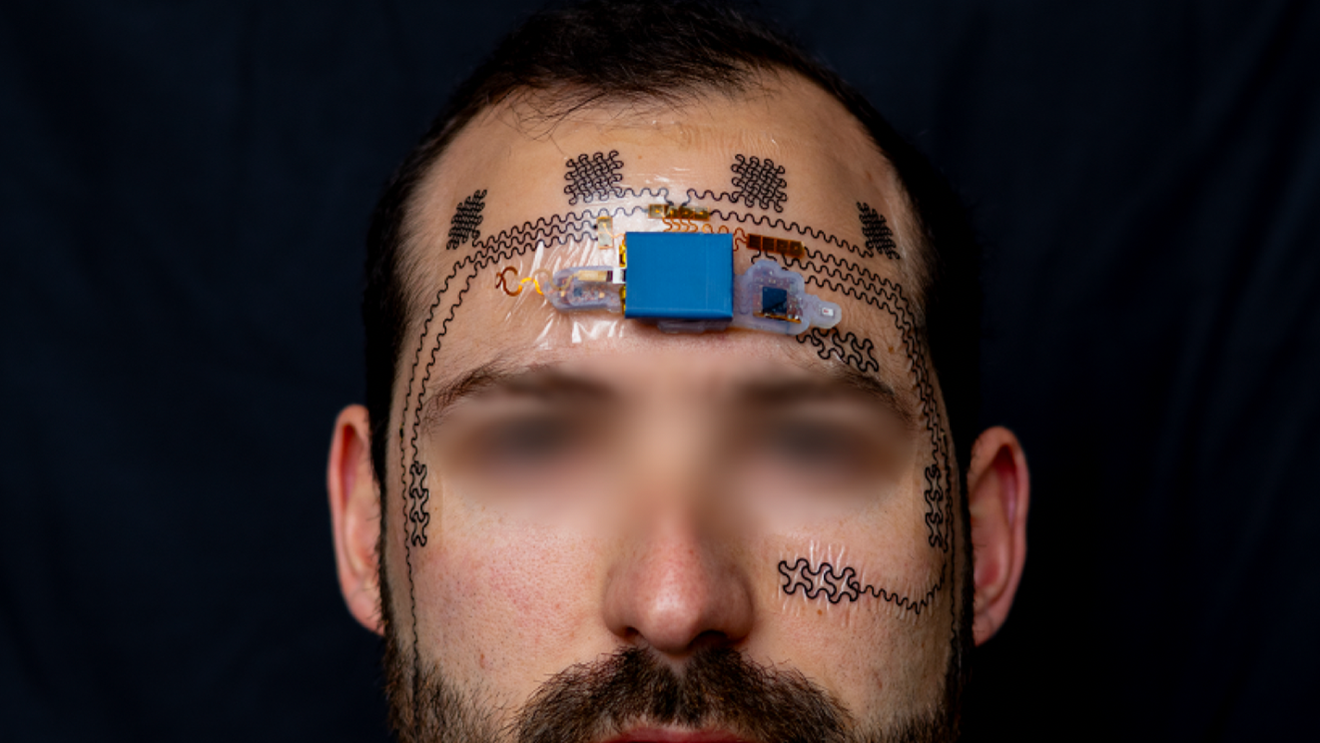Archaeologists in Iran have unearthed the unusual skull of a young woman who died in a traumatic incident over 6,000 years ago.
The woman’s cone-shaped cranium revealed that she had been killed by a broad-edged object that swiftly ended her short life. However, it’s unknown if the blow was intentional.
“We know this woman experienced the fracture in the final moments of her life, but we don’t have any direct evidence to say that someone intentionally struck her,” study lead author Mahdi Alirezazadeh, a prehistoric archaeologist at Tarbiat Modares University in Iran, told Live Science in an email.
Alirezazadeh and Hamed Vahdati Nasab, an archaeology professor at Tarbiat Modares University, detailed their analysis of the Copper Age skeleton from the Chega Sofla cemetery in a study published May 22 in the International Journal of Osteoarchaeology.
Chega Sofla is a fifth millennium B.C. archaeological site in western Iran on the northern end of the Persian Gulf. The prehistoric cemetery at the site includes both single burials and communal graves that may be family tombs. This area was occupied between about 4700 and 3700 B.C., which was an “eventful millennium,” according to Alirezazadeh.
“People had temples, belief systems, and large buildings and structures,” Alirezazadeh said. Toward the end of the period, he explained, “we see the emergence of writing and the beginning of urbanization.”
For more than a decade, researchers with the Zohreh Prehistoric Project, led by archaeologist Abbas Moghaddam, have excavated and studied Chega Sofla. There, they discovered the world’s oldest examples of brick tomb construction, along with more than a dozen elongated skulls. One of the unusual skulls bore a hallmark of violence: a triangular fracture along the left side of the head.
Related: Viking Age women with cone-shaped skulls likely learned head-binding practice from far-flung region
In the new study, the researchers detailed the trauma that killed a young woman — referred to as BG1.12 — around 6,200 years ago.
As a child, the young woman had been subjected to cranial bandaging, which can involve wrapping a length of fabric around a child’s growing skull to intentionally modify the shape. When done over a period of many years, cranial bandaging results in a long, almost cone-shaped head. In the Chega Sofla cemetery, people with and without cranial modification were buried alongside one another.
Alirezazadeh and Nasab used CT (computed tomography) scans to identify a fracture in BG1.12’s skull and to look closely at the thickness of both her cranial bones and the diploe, the spongy part of bones that acts as a shock absorber. They discovered that the bones and their diploe were thinner than normal, as expected for someone whose cranium had been artificially modified. As a result, the researchers wrote in the study, her skull’s ability to withstand external forces — such as a traumatic blow — was likely weaker than that of a normal, unmodified skull.
The triangular fracture the researchers identified on BG1.12’s skull extended from the front to the left side of her head. “An intense force delivered by an object with a wide edge impacted the skull of this young woman during her final moments,” the researchers wrote, although it is unclear whether she was murdered by someone else or whether she sustained her injuries in an accident.
“It should be noted that the blow was so severe that it would have fractured a normal, unmodified skull as well,” Alirezazadeh said.
Alirezazadeh said that another fractured skull was found at Chega Sofla, but that one was not intentionally modified. “So we cannot attribute cranial fractures solely to modified skulls,” he said.
Because this young woman was buried with numerous other people in a communal grave, the rest of her skeleton has not been identified — a limitation that is hampering further research into her last moments.





